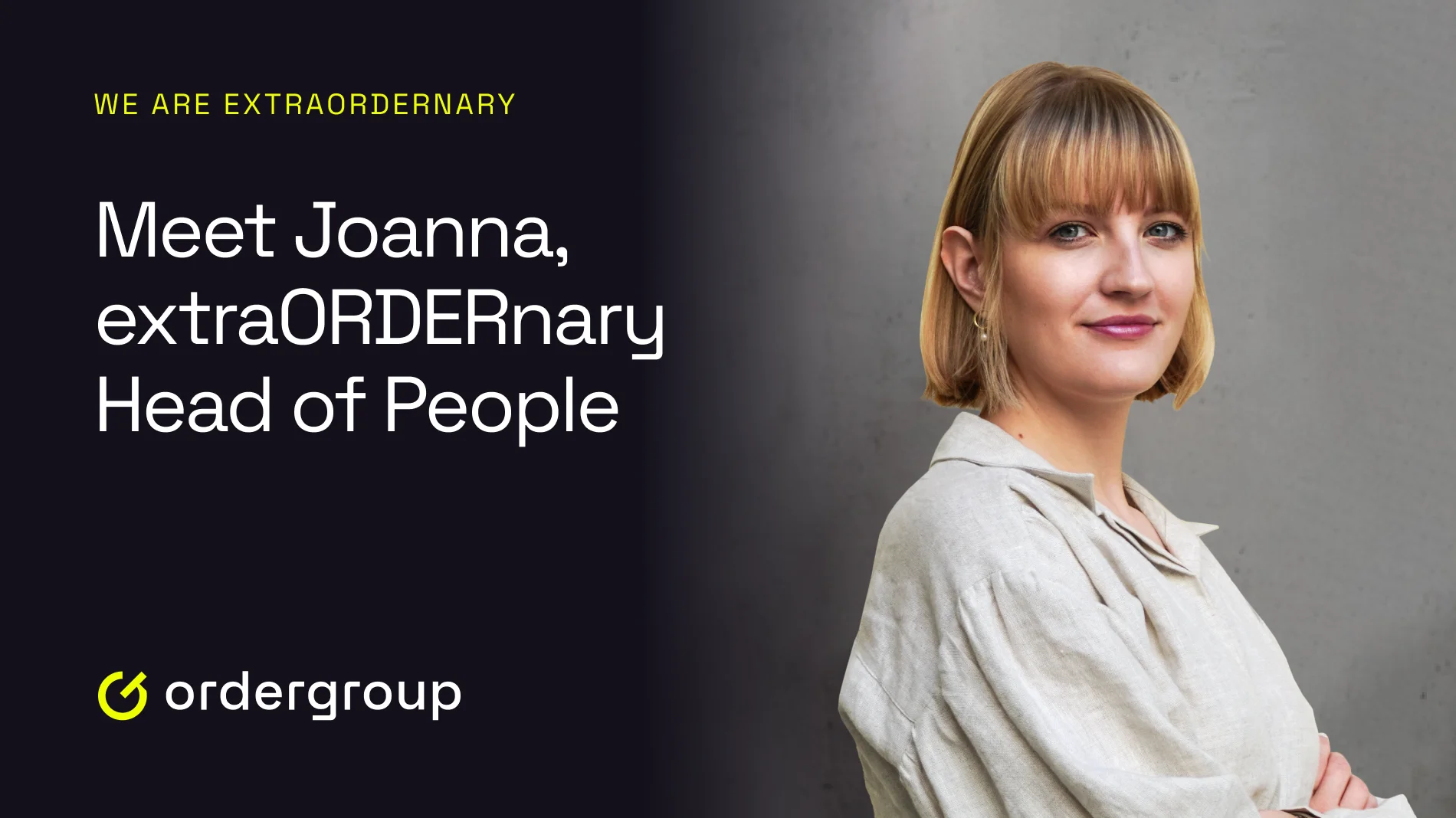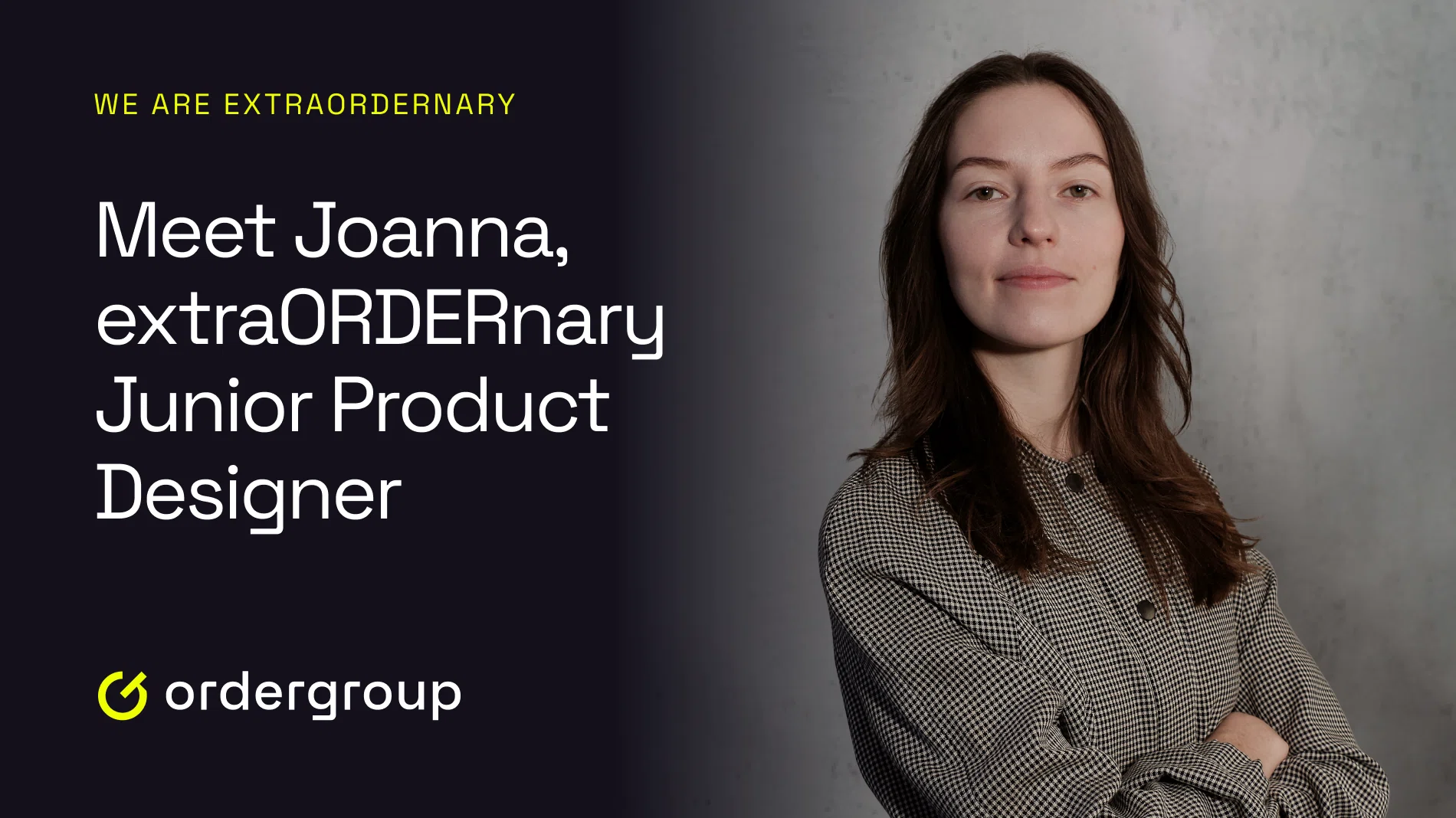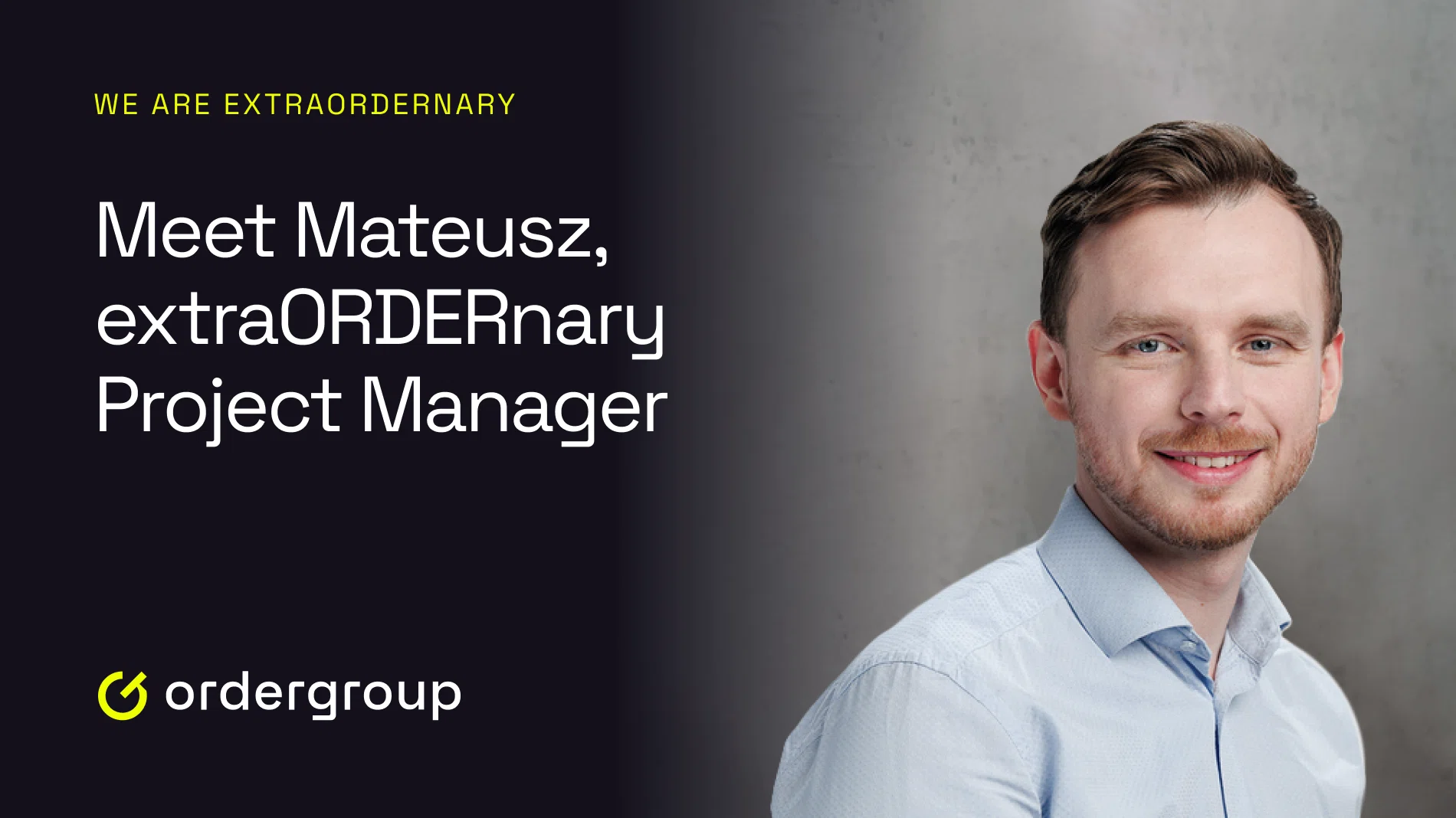Articles About Employees and Company
Explore insightful articles about the dynamic relationship between employees and company culture.
-
![How to Stand Out in Recruitment for Delivery Roles? - 2025 42]()
How to Stand Out in Recruitment for Delivery Roles?
-
![What Can You Expect From a Team Leader at OG? - 2025 42]()
What Can You Expect From a Team Leader at OG?
-
![Technical Recruitment Process at Order Group - 2025 42]()
Technical Recruitment Process at Order Group
-
![ExtraORDERnary Paweł - Simply doing what feels right - 2025 42]()
ExtraORDERnary Paweł - Simply doing what feels right
-
![ExtraORDERnary Jan - The Importance of Sharing a Common Goal - 2025 42]()
ExtraORDERnary Jan - The Importance of Sharing a Common Goal
-
![ExtraORDERnary Joanna - Understanding the business is key - 2025 42]()
ExtraORDERnary Joanna - Understanding the business is key
-
![ExtraORDERnary Karol - The Industrial Revolution in the Elevator - 2025 42]()
ExtraORDERnary Karol - The Industrial Revolution in the Elevator
-
![ExtraORDERnary Paweł - Staying true to who we are - 2025 42]()
ExtraORDERnary Paweł - Staying true to who we are
-
![ExtraORDERnary Filip - Empathy is necessary - 2025 42]()
ExtraORDERnary Filip - Empathy is necessary
-
![The OG workation! - 2025 42]()
The OG workation!
-
![ExtraORDERnary Joanna -Combining great looks and functionality - 2025 42]()
ExtraORDERnary Joanna -Combining great looks and functionality
-
![ExtraORDERnary Mateusz - Solutions before emotions - 2025 42]()
ExtraORDERnary Mateusz - Solutions before emotions












